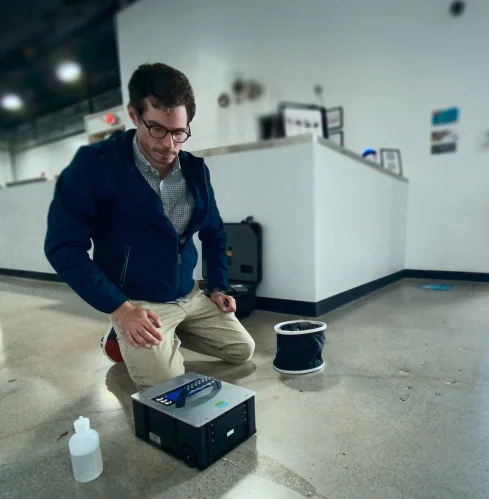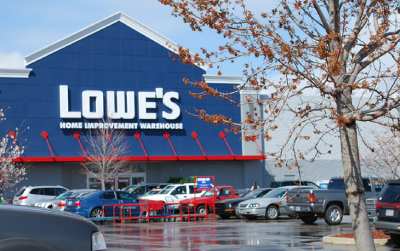When it comes to flooring safety, DCOF Testing (Dynamic Coefficient of Friction) plays a critical role. It’s a standardized method to evaluate how slippery a floor is when walked on, especially in wet or greasy conditions. But what if your floor doesn’t pass the test? Can you actually improve your DCOF score without replacing the entire surface?
Good news – experts agree that in many cases, you can. Here’s how.
Understanding DCOF
DCOF Testing measures the slip resistance of hard flooring surfaces. It’s particularly important in commercial, retail, and public areas where slip and fall risks are high. According to the ANSI A326.3 standard, a minimum DCOF value of 0.42 is generally required for wet areas. If your surface falls short, it could mean increased liability, safety concerns, and compliance issues.
Common Causes of Low DCOF
Before improving your DCOF, it’s essential to know what causes it to be low in the first place:
- Smooth or polished tile surfaces
- Worn-out flooring finishes
- Improper cleaning methods
- Build-up of waxes or residues
- Wrong product for the environment (e.g., glossy tiles in wet entryways)
Identifying these factors can help you decide on the best strategy to improve the floor’s slip resistance.
1. Start with a Professional DCOF Test
You can’t improve what you haven’t measured. DCOF Testing using a tribometer like the BOT-3000E provides accurate readings of your floor’s slip potential. A certified test helps you understand the current rating and what changes are needed to meet standards.

2. Use Anti-Slip Treatments and Coatings
One of the most effective ways to boost your DCOF is to apply anti-slip coatings or surface etching treatments. These are specially formulated to increase surface friction without changing the appearance of the floor significantly.
Popular treatment types include:
- Micro-etching solutions for tile and stone
- Anti-slip sealers for concrete
- Clear traction coatings for areas that need a discreet finish
3. Adjust Your Floor Cleaning Routine
Surprisingly, improper cleaning is a top reason for poor DCOF scores. Residue from mops, soaps, or waxes can create a slick surface even on slip-resistant floors.
Experts recommend:
- Using neutral pH cleaners
- Avoiding oil-based or waxy products
- Regularly deep-cleaning high-traffic areas
A clean floor isn’t just hygienic—it’s also safer.
4. Replace or Refinish Worn Surfaces
If the floor has aged or deteriorated over time, the best solution may be to refinish or replace it with a material tested for DCOF compliance. Today, many tiles, vinyls, and concrete finishes are available with built-in slip resistance.
When choosing new materials, check if they’ve been tested under ANSI A326.3 and ask the manufacturer for DCOF ratings in wet conditions.
5. Maintain and Re-Test Regularly
Improving your DCOF is not a one-time task. Routine monitoring and re-testing help ensure that the flooring continues to meet safety standards, especially after treatments, cleaning changes, or weather-related wear and tear.
Some companies schedule annual or semi-annual DCOF Testing to stay ahead of compliance risks and reduce potential liability.
Yes, you can improve your floor’s DCOF, and you don’t always need a complete flooring overhaul to do it. With the right treatments, cleaning methods, and regular testing, you can create a safer environment and meet critical standards.
At Walkway Management Group, we offer DCOF Testing, expert consultation, and surface treatment recommendations to help you stay compliant and confident. Visit our About Us page to learn more, or contact us today to schedule a test.


















